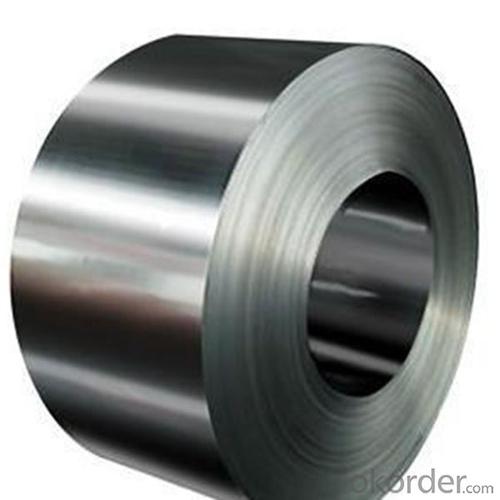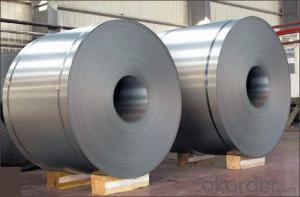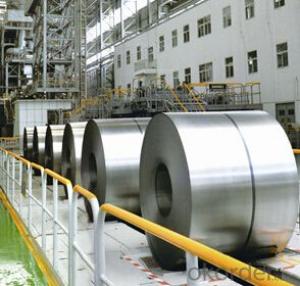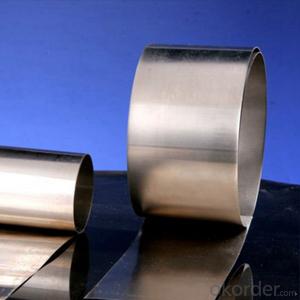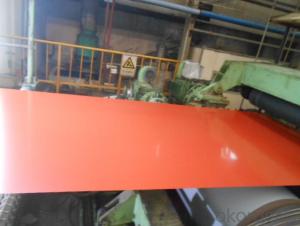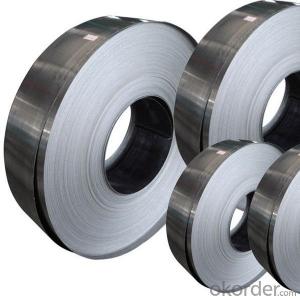Steel Plate Made in China With Good Price Grade 304
- Loading Port:
- Shanghai
- Payment Terms:
- TT OR LC
- Min Order Qty:
- 25 m.t.
- Supply Capability:
- 10000 m.t./month
OKorder Service Pledge
OKorder Financial Service
You Might Also Like
Specification
Description for Stainless Steel Coils/Sheets:
Prodcut:Stainless Steel Coil
Thinckness: 0.20mm-8.0mm
Width:1000mm, 1219mm(4 feet), 1250mm, 1500mm, 1524mm(5 feet),
1800mm, 2000mm, 2200mm, 2500mm,and customizable
Ni:0.8~1.2% Cu:1.4~1.5% Cr:14
Standard: ASTM, JIS, GB, BS, DIN etc
Grade: 200series&300series&400series
Surface finish: 2B, BA, 8K, 6K, Mirror Finished, No1, No2, No4, Hair Line with PVC
Manufacture technology: cold rolled/hot rolled
Thickness Tolerance: +/-0.1mm
Width Tolerance: +/-10mm
200 Seriers: 201,202
300 Seriers: 301, 304, 304L, 316L, 309, 310S,321
400 Seriers: 410, 410S, 409L,430
Features of Stainless Steel Coils
(1)Good ductility
(2)Good corrosion resistance
(3)Excellent abrasion resistance and fatigue strength
(4)Good weldability
(5)Oxidation resistant performance
(6)Excellent in high temperature
Application for Stainless Steel Coils/Sheets:
Boiler heat exchanger, machinery andpetroleum ,chemical industries, hardware fields,Food industry,construction material,kitchen utensils, building construction, medical equipment,chemical tank, pipe etc
Application of Stainless Steel Coils
(1)Boiler heat exchanger,
(2)Chemical industries,
(3)Hardware fields,
(4)Construction material,
(5)Kitchen utensils,
(6)Building construction,
(7)Medical equipment,
(8)Chemical tank,
(9)Pipe etc
Detail picture for Stainless Steel Coils/Sheets
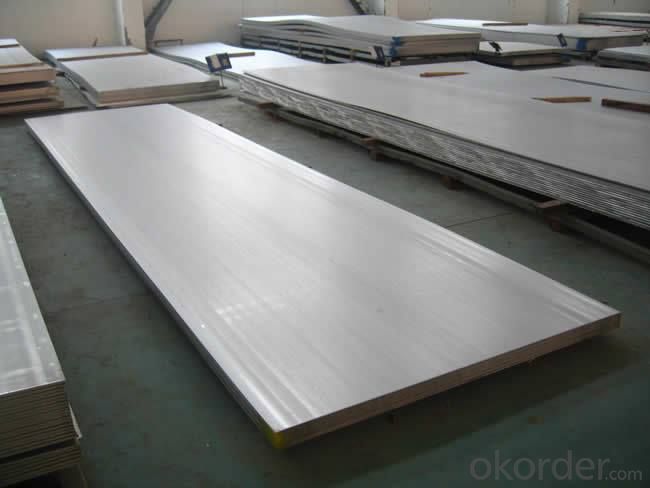
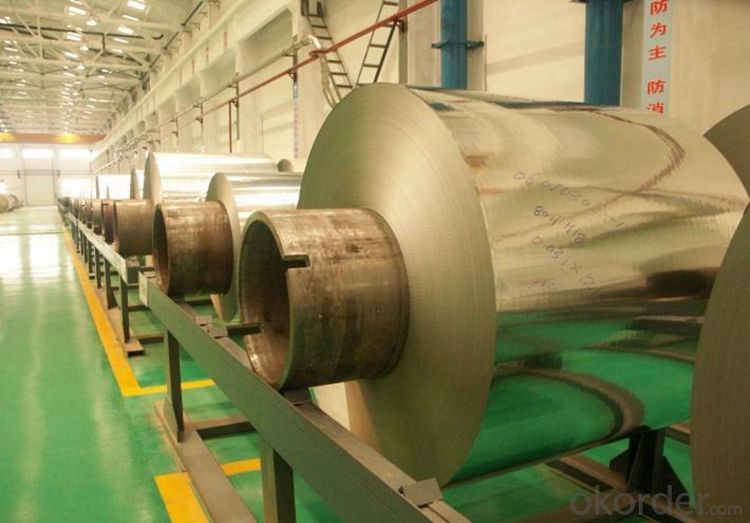
Export Markets for Stainless Steel Coils/Sheets:
Our target market is the international market. Every year we export most of products to countries like India, Pakistan, South Korea, Brazil, Australia, South Africa, Spain, Sri Lanka, Taiwan, Hong Kong, etc.
FAQ for Stainless Steel Coils/Sheets:
Q:What are the advantages of your company ?
A: We have many professionals, technical personnel, more competitive prices and best after-dales service than other stainless steel companies.
Q:Can you arrange the shipment ?
A: Sure we can help you with the shipment. We have forwarders who have cooperated with us for many years.
- Q: What are the different coil leveling methods used for steel coils?
- There are several coil leveling methods used for steel coils, each with its own benefits and limitations. Here are some of the most common methods: 1. Roller Leveling: In this method, steel coils are passed through a series of rollers that apply pressure to flatten and level the coils. Roller leveling is effective in reducing coil crown or center buckle, and it can also help eliminate coil memory. However, it may not be suitable for coils with severe shape defects or variations. 2. Stretch Leveling: This method involves stretching the steel coils to remove any shape defects. The coils are passed through a series of gripper heads that hold the edges of the coil while it is stretched. Stretch leveling is particularly effective in correcting crossbow and edge wave defects. However, it may cause some elongation and yield loss in the material. 3. Temper Pass: This method involves passing the steel coils through a series of temper mill stands, where they are subjected to tension and compression forces. Temper pass leveling helps improve flatness and remove coil memory. It is commonly used for thinner gauge steel coils but may not be suitable for thicker coils. 4. Corrective Leveling: This method is used for coils with severe shape defects. It involves selectively removing material from specific areas of the coil to correct the shape. Corrective leveling is a labor-intensive process that requires skilled operators, but it can effectively eliminate shape defects and improve flatness. 5. Tension Leveling: In this method, the steel coils are subjected to tension forces while being passed through a series of pinch rolls. Tension leveling helps remove coil memory and improve flatness. It is particularly effective for coils with edge wave defects. However, it may cause some elongation and yield loss in the material. These are just a few of the coil leveling methods used for steel coils. The choice of method depends on the specific requirements of the steel coils and the desired flatness results. It is important to consider factors such as material thickness, shape defects, and production capacity when selecting the appropriate leveling method.
- Q: Hello,is it possible to divide an alloy in its own elements? I am particularly interested in Stainless Steel, which is made of Nickel, Chrome and Iron. Do you have an idea of where can I find some more information (blogs, reviews, sites or books)?Thanks for your help
- Yes it is possible to recover individual elements from an alloy such as stainless steel, but not easy. Look up etching of stainless steel on google. This same etching solution will completely dissolve stainless steel. These solutions are strong acids such as H2SO4 and HNO3 so safety goggles and good ventilation are absolutely required. Once the metal has been dissolved, then you would need to use a qualitative analysis scheme to precipitate out the different metals one at a time as compounds, then do additional reactions to recover the metallic elements.
- Q: How are steel coils inspected for mechanical properties?
- Steel coils are inspected for mechanical properties using various non-destructive testing methods such as ultrasonic testing, magnetic particle inspection, and eddy current testing. These techniques help to assess the strength, hardness, and other mechanical properties of the steel coils without causing any damage to the material.
- Q: What are the different types of packaging for steel coils?
- The different types of packaging for steel coils typically include wooden crates, steel frames, and plastic wrapping. These packaging materials are used to provide protection and secure the steel coils during transportation and storage.
- Q: How are steel coils used in the production of food processing equipment?
- Steel coils are used in the production of food processing equipment as they are shaped and formed into various components such as frames, supports, and panels. These coils provide strength, durability, and stability to the equipment, ensuring its reliability and longevity in the demanding food processing environment.
- Q: steel structure
- Disadvantages Of Steel
- Q: My 8-year-old and 9-year-old boys have approached me with an interesting question. Does fire burn steel? One says yes, the other says no. Help me to settle yet another debate :)
- Easy. okorder /
- Q: How are steel coils inspected for surface defects?
- Steel coils are inspected for surface defects using various methods such as visual inspection, magnetic particle testing, eddy current testing, and ultrasonic testing. These techniques help identify any imperfections or flaws on the surface of the steel coils, ensuring they meet quality standards before they are further processed or shipped to customers.
- Q: I need to say how a bottle opener is made, would it be made from steel and can this be coloured? How?
- Steel can be plated(Chrome),Blackened(Black Oxide),Powder coated(color of your choose).All of this is done to prevent rust.All of these aforementioned processes can be worn off through being used.I suggest polished Stainless steel.
- Q: What are the different types of steel coil surface finish treatments?
- There are several different types of steel coil surface finish treatments available, each serving a specific purpose and providing unique characteristics. Some common types include: 1. Hot Rolled: This is the most basic and common type of steel coil surface finish treatment. It involves heating the steel above its recrystallization temperature and then rolling it to achieve the desired thickness. This process results in a rough surface texture. 2. Cold Rolled: Unlike hot rolled, cold rolled steel coil undergoes a process where it is rolled at room temperature. This treatment produces a smoother surface finish with improved dimensional accuracy and tighter tolerances. 3. Galvanized: Galvanization is a process where a protective zinc coating is applied to the steel coil surface. This treatment not only enhances the appearance but also provides excellent corrosion resistance, making it suitable for outdoor applications. 4. Electro-galvanized: Similar to galvanized steel, electro-galvanized steel coil is coated with a zinc layer. However, the coating is applied through an electroplating process, resulting in a thinner and more controlled coating. 5. Pre-painted: Pre-painted steel coil surface finish treatment involves applying a layer of paint or other protective coating before the product is delivered to the customer. This treatment enhances the appearance and provides additional protection against corrosion. 6. Stainless Steel: Stainless steel coil surface finish treatment involves passivating the steel to remove any impurities or contaminants on the surface. This process improves the resistance to corrosion and gives the steel a clean and smooth appearance. 7. Embossed: Embossing is a surface finish treatment where a pattern or design is pressed into the steel coil surface. This treatment enhances the aesthetics of the product and can provide additional grip or texture depending on the specific design. 8. Brushed: Brushing is a treatment where a fine abrasive material is used to create a brushed pattern on the steel coil surface. This finish provides a unique texture and can help mask scratches or other imperfections. These are just some of the various types of steel coil surface finish treatments available. The choice of treatment depends on the specific requirements of the application, such as appearance, corrosion resistance, or functionality, and it is important to select the most appropriate treatment to ensure the desired outcome.
Send your message to us
Steel Plate Made in China With Good Price Grade 304
- Loading Port:
- Shanghai
- Payment Terms:
- TT OR LC
- Min Order Qty:
- 25 m.t.
- Supply Capability:
- 10000 m.t./month
OKorder Service Pledge
OKorder Financial Service
Similar products
Hot products
Hot Searches
Related keywords






